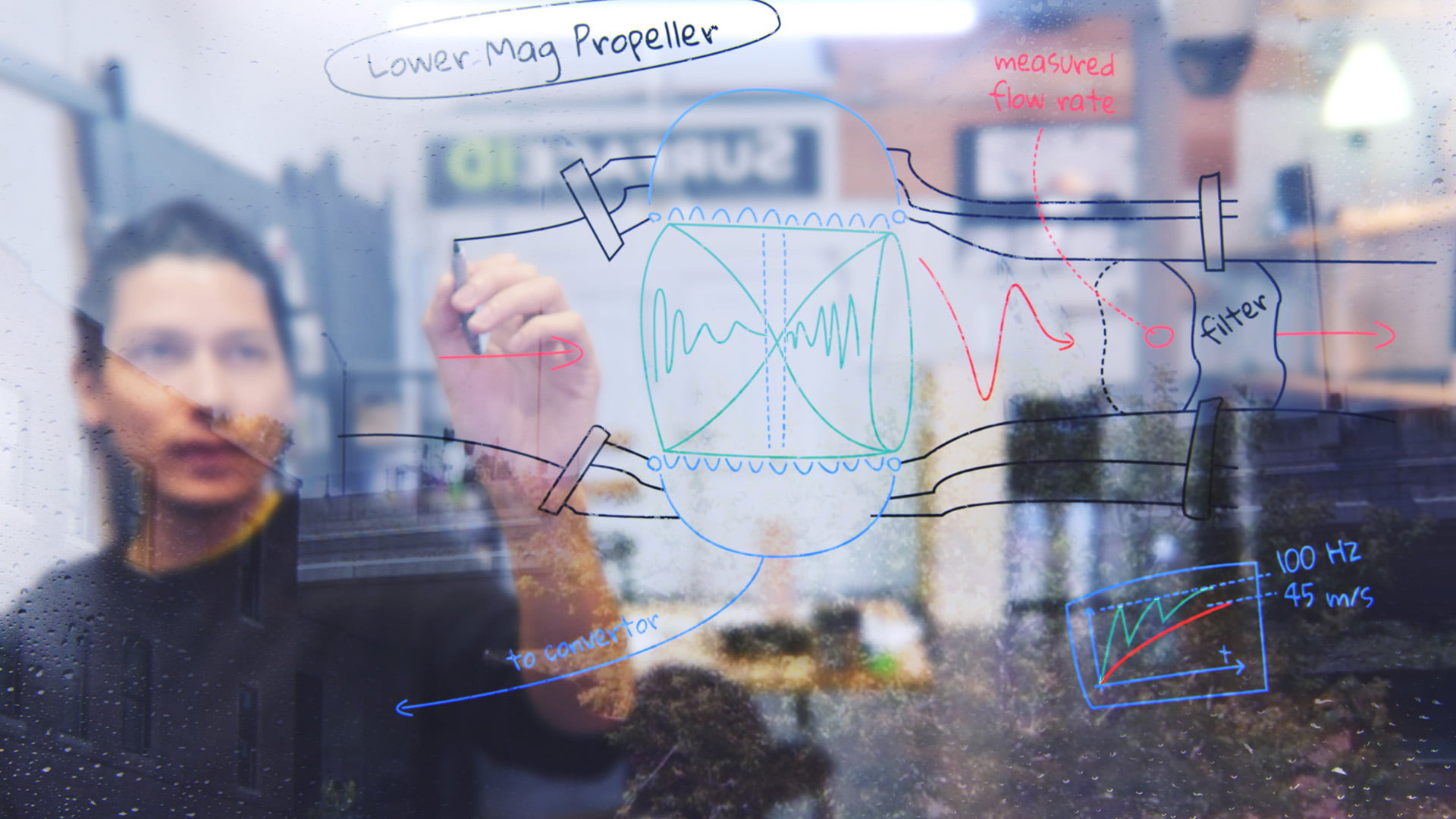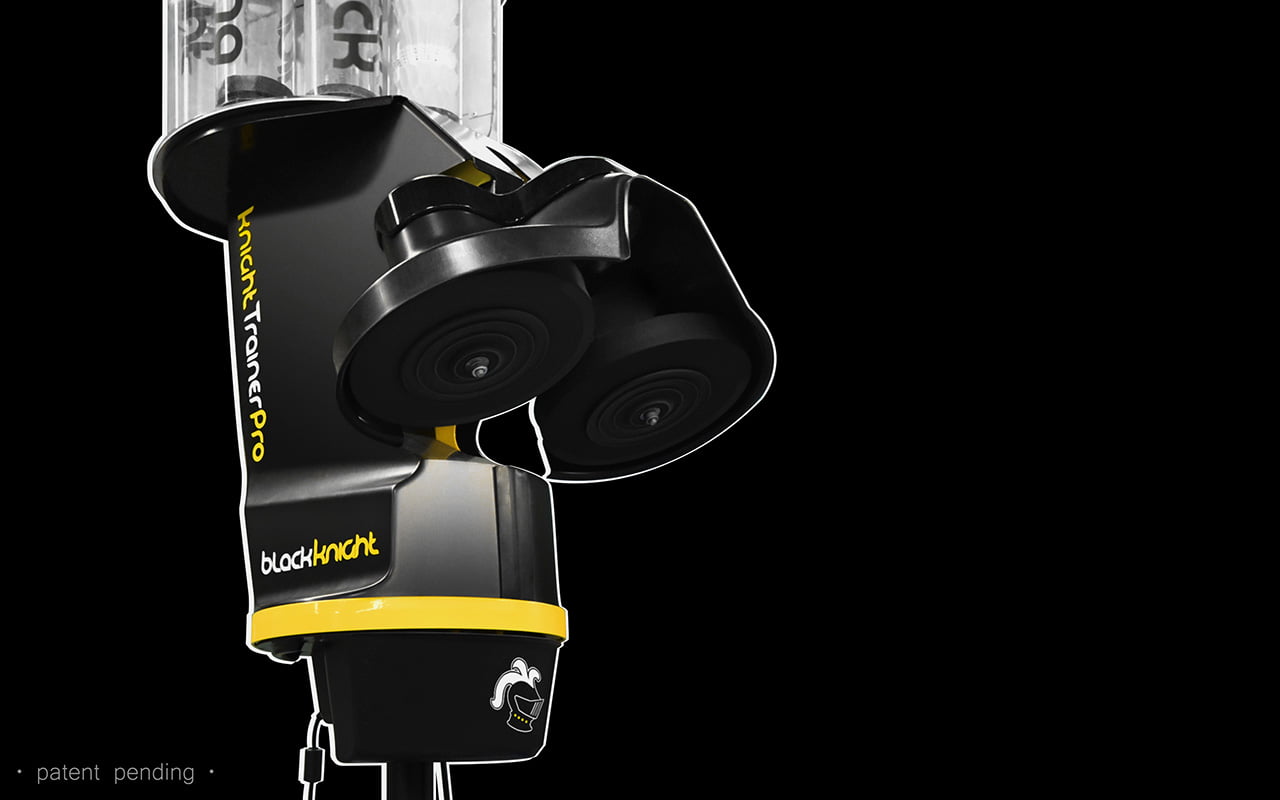
While the CEO of SurfaceID’s Montreal team is traditionally trained first and foremost in industrial design, the process of bringing a new invention from conception to manufacturing can’t be done without going through a thorough and extensive mechanical engineering phase. In fact the mechanical engineering is often far more involved and takes up much more bandwidth than the industrial design of a product.
In layman’s terms, industrial design is about usability, conception, market trends, surface finishing, and optimizing appearance and value. It embodies a set of expertise that will start the new invention process with brainstorming sessions and concept sketches, and finalize it by finding the right manufacturer at the right cost.
Mechanical engineering is the part where we’re making sure that the product works for its intended use. So it’s not as much a focus on shapes and features as it is on qualities like material strength, cost, durability, dynamics or energy conversion, to name a few.
During the creation process, one discipline will always intermingle and influence the other. Industrial design can envision a revolutionary way to make something operate, but until mechanical engineering studies confirm the plausibility of such a role, that new invention is not going anywhere past the ideation stage.
Sometimes, the revolution is how a design can sell at the loss of functionality. For example, the iPhones from the last couple of years have had a glass backing. It is certainly not as durable as many other less visually appealing possibilities as it shatters easily, but if it projects into more sales, then engineers are the ones who have to make that glass a bit more resistant, grippable and worthy of that evolution.
When SurfaceID assembled the Knight Trainer Pro, a top tier badminton training machine, industrial design and mechanical engineering were once again intrinsic. In this case, with so many moving parts and emphasis over precision and performance, our intent was to give priority to most of the mechanical aspects of the machine. We owned the compromise and did our very best to complement what was created under the hood.
